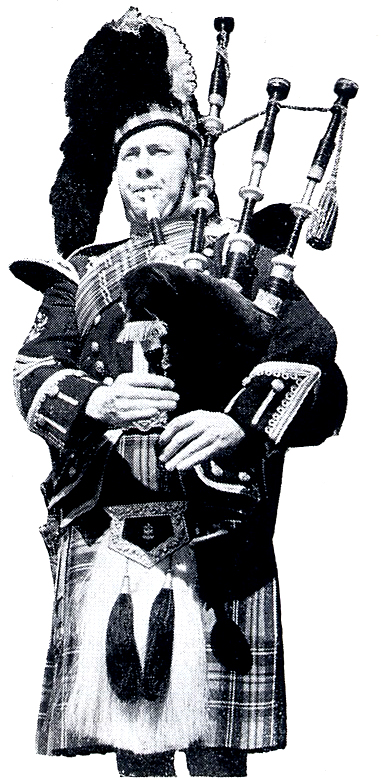
By Robert Wallace
Pipe Major Donald Maclean, Seaforth Highlanders, was a noted piper and composer during the mid-20th century. He won both Gold Medals (Oban, 1951, MacDonald’s Salute, and Inverness, 1953, Black Donald’s March), and was renowned as a performer of light music.
He was born in 1908, the sixth of eight children. He began piping after following the example of his brother Murdo who took up the chanter to offset the debilitating effects of a WW1 lung injury. Donald, always a strong sense of humour, was known to march round the kitchen with a black cat under his arm as a bag and coal tongs as drones.
‘Big’ Donald Maclean as he was sometimes described, was an outstanding composer of pipe music, his most famous tunes being the Heroes of St Valery and Major Manson at Clachantrushal, erroneously called Major Manson’s Farewell to Clachantrushal in the Scots Guards Bk 2.
In civilian life he became pipe major of the Glasgow Transport band, gave lessons to many pipers, including double Gold Medallist Hector MacFadyen, and was President of the Scottish Pipers’ Association for a time. Though he never married, Donald Maclean lived life to the full, searching out the craic, a dram and a tune whenever possible – and not necessarily in that order or frequency. There is a story that he and John Burgess were travelling together to the games in South Uist. When they got to Lochboisdale they were surprised to read a newspaper headline stating ‘Maclean and Burgess reported to be in Russia’. Donald turned to John and said ‘I thought the boat journey was longer than usual!’ The bill poster referred, of course, to their notorious namesakes, the post-war Communist spies, Donald MacLean and Guy Burgess.

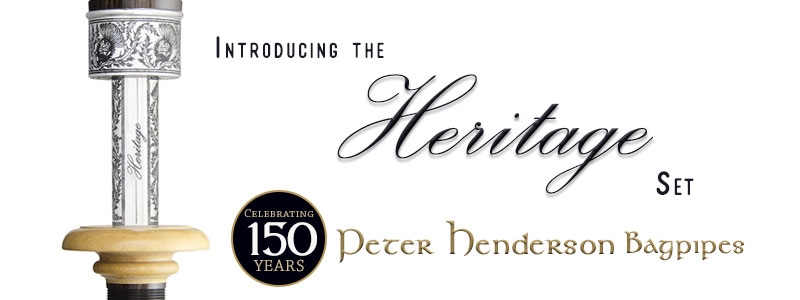
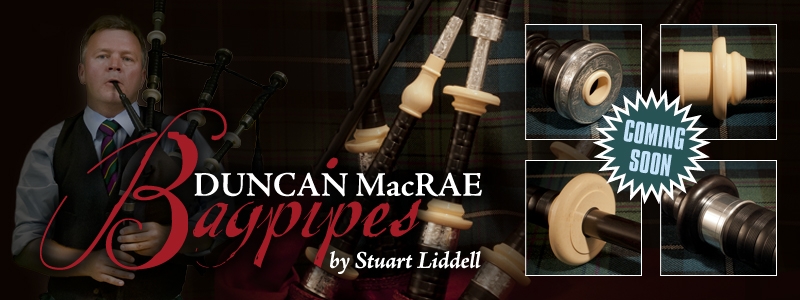
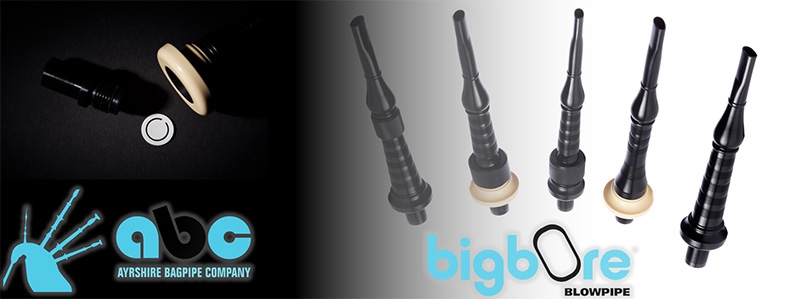




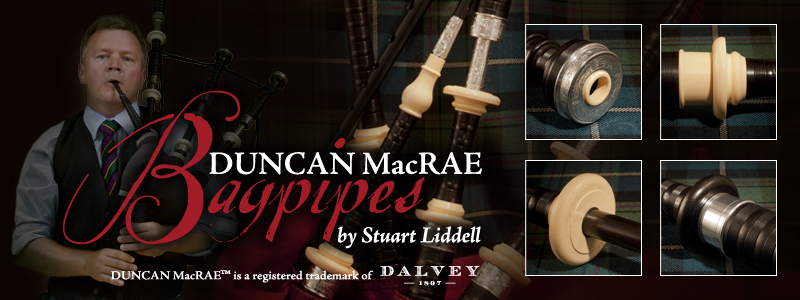
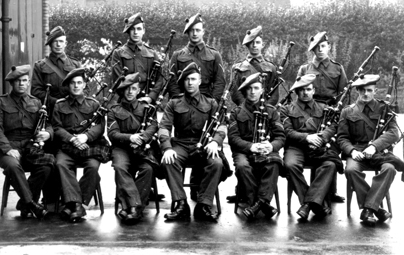
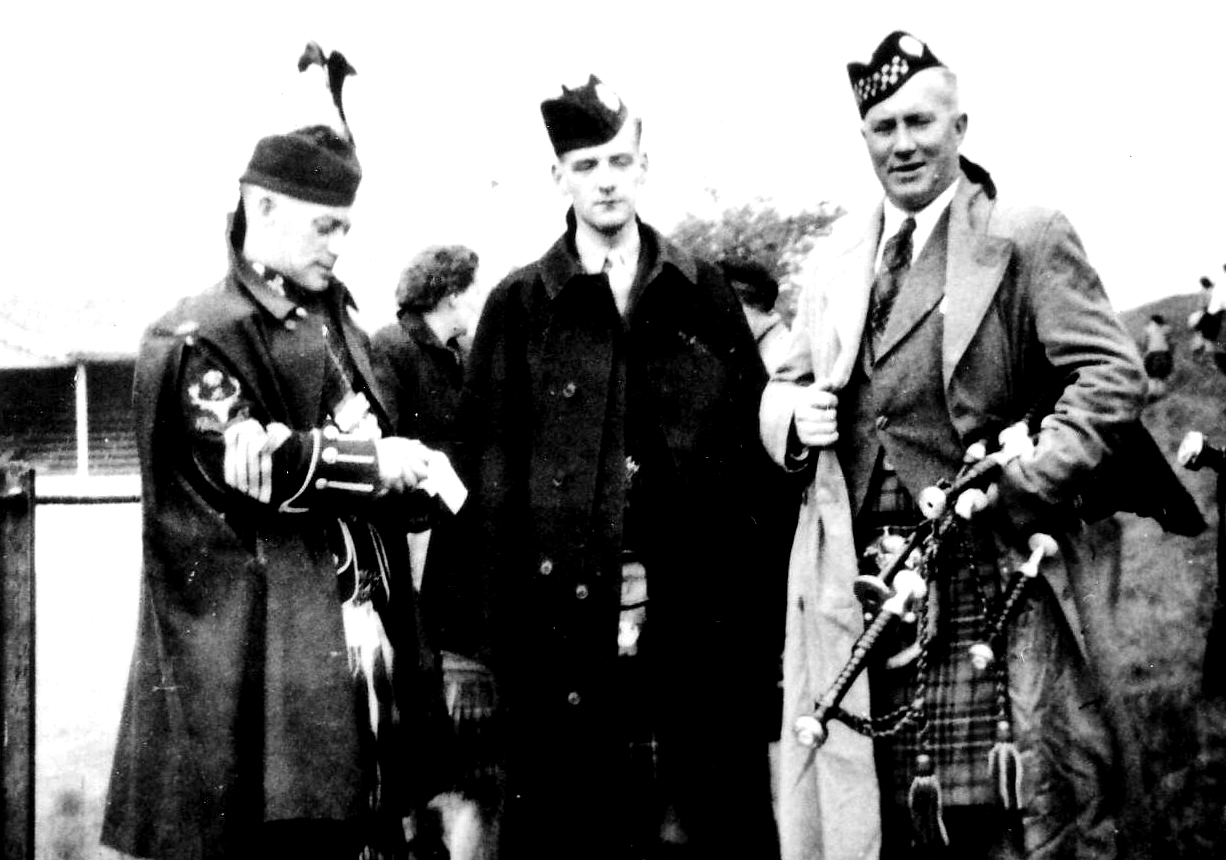

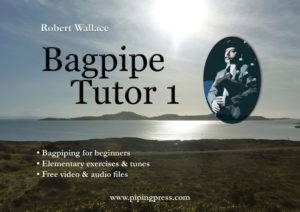
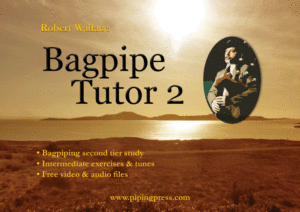
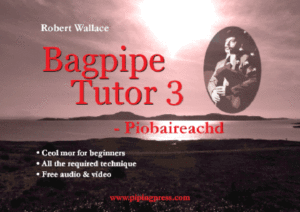
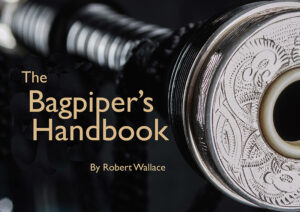



Hi,
Not sure if this is allowed its not a piping question but its directed at Fiona M Johnstone.
My Name is Donald Murdo Maclean Young, my Great Grandmother was Catherine Maclean P/M Donald Maclean’s Aunt, Donald being your uncle I assume we are very loosely related.
I’m keen to find out more about the wider family, would be great if you could contact me
Cheers
If anyone can help Donald his email is donaldyoung66@outlook.com
Thank You,
Much appreciated,
Cheers
Donald
Two questions:
1. When was Donald Maclean P/M Infantry Training Centre 11, Fort George – immediately after WW2?
2. Was he also P/M of 5/6th Bn Highland Light Infantry in the 1950s?
Thanks
Aad Boode
I have photos of him at the 11th Training Centre 1948. If you’re interested let me know,
Donald was definitely PM of the 5/6th HLI. In the early 1960s, the Alhambra and then Kings Theatre In Glasgow ran pantomimes in the Christmas season. These needed a pipe band to march on stage just before the interval of the performance and at its end. The band was made up of a collection of Territorial Army pipers drawn from their bands on rota. I was one of those pipers, and Donald was the PM. On days when there were two performances, he was kind enough to fill the time by teaching my friend Ronald Buchanan and me “Black Donald’s March”, the tune that gave him his Gold Medal. Happy memories of a very nice man.
A bit late but please allow me a slight correction.
Donald Maclean as common to pipers in the western isles, learned to play on the right shoulder. Maclean on joining the Seaforth Highlanders in 1926, was posted to its 2nd Battalion which was reserved mostly for men of western Scotland while most men from the mainland served in its 1st Battalion. He served throughout his service in the 2nd Battalion, never the 1st. Now after joining the 2nd Battalion, he was instructed to play on the left shoulder to avoid upsetting the symmetry of the pipe band so countered this was playing with the right hand on top.
Hope this clears up why he played looking ‘oddly’. Interestingly, he maintained this posture after he retired.
Calum, you will see that the music will be put up prominently, so hopefully you will get it that way. It is a bit different – at that time pipers were not so adventurous as now which is probably why it did not take off like his other tunes. he was adventurous in his piping certainly with young folk as we had great fun with him. I think he would have loved to hear the young pipers today!
If you do not get the music, get in touch again. Thanks for your interest.
Fiona, I for one would love to see the music for “The Royal Welcome” – as far as I can see it was never published anywhere, which may partly account for it being little known.
Thank you for such a lovely account of my much-loved Uncle Donald’s Piping Life. He taught me to play a part of “Macleod’s Salute” on the chanter when visiting us in Dunvegan. unfortunately girls did not get much encouragement in piping at that point so I was gently induced to try the accordian instead. I do remember vividly hearing him talk about this young lassie, Rhona , who had such potential as a piper, which we all know now she certainly fulfilled! I think it was a hint to my mother to let me carry on with the pipes!
Uncle Donald taught me “Major Manson at Clachantrushal” leaning over the counter at Lawrie’s where I used to go to see him often on a Saturday morning. Willie McCallum plays it exactly as I was taught it, but many do not and when I hear it wrongly played (not just by pipers!) I can hear Uncle Donald protesting as he did when I played any note wrongly! I wonder if the BBC still have the recital he did which included Major Manson. I would love to hear that again. I also cannot understand why the tune he wrote when Prince Andrew was born called “The Royal Welcome” has not received as much comment as others he wrote. It was unusual. I love it. I have the music if you would like to try it!
THanks too to Andy Hunter for pointing out this article.
Thanks for getting in touch Fiona and yes, please forward ‘The Royal Welcome. I’ll give it pride of place. If you have any other pics of your uncle that would be a bonus. Best wishes, Robert Wallace
I will get the music to you. We had a tape of him explaining what each part meant followed by him playing it. I think it has maybe gone, but still looking. My son now lives in Poland – I have just discovered, only an hour away from where Uncle Donald was a POW. I am following that up and have been to the site. I bet Donald never thought his grand nephew would be staying in that area!!
Great article… Keep these coming!
Robert
The tune in the Edcath Colection I (PM Donald MacLean of Lewis) was written by C Macleod Williamson; the tune written by Donald MacLeod is in his book 4 and has the same title viz: Pm Donald MacLean of Lewis.
Many thanks for that Neil. Have corrected. RW.
Slightly off topic, but I wonder if any of your readers might know anything about Donald MacLeod’s bagpipe, specifically the one seen in the picture above.
I recently set up a bagpipe for a pupil who told me the instrument had belonged to Donald MacLeod and had been passed to his friend, my pupil’s grandfather. Despite needing a bit of TLC, it had a marvellous sound. It was a set of ivory mounted pipes, which looked to me like early 1900s Henderson, though I hasten to add that I am no expert at identification.
I often wonder if this set is the same as that pictured above.